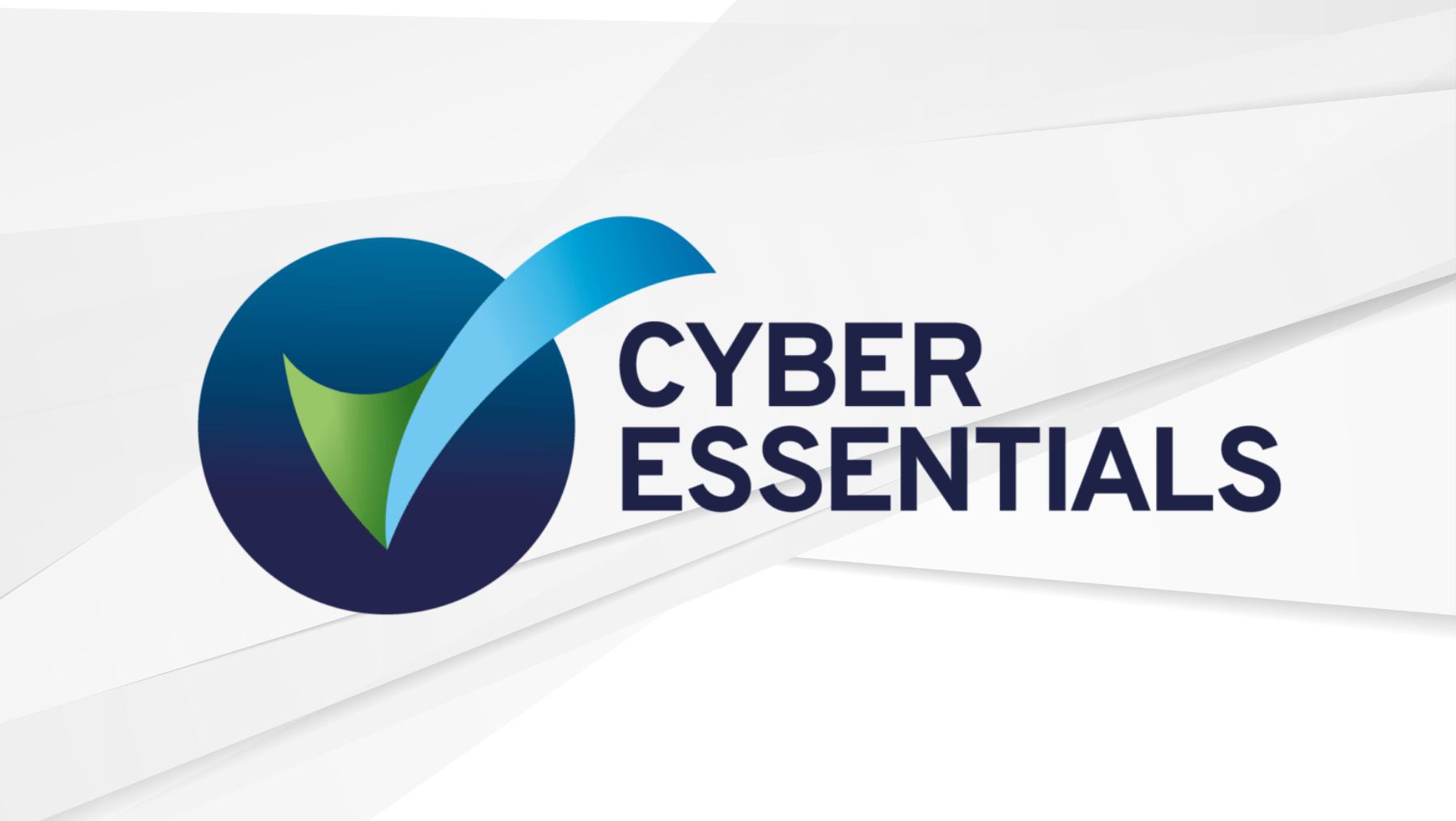In recent years, artificial intelligence (AI) has rapidly advanced, and its influence is becoming more pronounced in the field of cybersecurity. While AI offers several exciting opportunities for strengthening defences against cyber threats, it also introduces new risks that can be exploited by malicious actors. In this blog, we’ll explore how AI is transforming cybersecurity and the implications it has for both defence and attack.
Threats: The Dark Side of AI in Cybersecurity
While AI presents numerous advantages in strengthening cybersecurity, it also comes with its own set of risks, especially when used by cybercriminals.
1. AI-Driven Cyber Attacks
Cybercriminals are increasingly using AI to enhance the sophistication of their attacks. One common use of AI in cyberattacks is in phishing campaigns. AI can generate realistic-looking phishing emails by mimicking the writing styles of trusted individuals or organisations. It can also personalise these emails by analysing social media profiles or other publicly available information, making them more convincing and difficult for users to detect.
In addition, AI-powered bots can carry out brute-force attacks on login systems, using machine learning to intelligently guess passwords by analysing patterns in user behaviour and previously breached data.
2. Autonomous Attacks and Malware
Another significant concern is the rise of autonomous attacks. AI can be used to create self-replicating malware that can learn and adapt to bypass traditional defence mechanisms. This type of malware could evolve over time to avoid detection, making it difficult for cybersecurity teams to respond effectively. AI-driven attacks could also be designed to target vulnerabilities in AI systems themselves, creating a vicious cycle where attackers use AI to exploit weaknesses in AI defences.
3. AI-Powered Deepfakes
Deepfakes, a type of media manipulation enabled by AI, have become an emerging threat in cybersecurity. Using AI, cybercriminals can create hyper-realistic videos or audio recordings that impersonate company executives or other trusted figures. These deepfakes can be used in social engineering attacks, tricking employees into transferring funds, disclosing sensitive information, or granting access to secure systems.
For example, a deepfake of a CEO could be used to authorise a fraudulent wire transfer, or a fake voice recording could convince an employee to give away login credentials.
A Current AI Security Risk: ChatGPT- Powered Phishing Campaigns
A recent UK-based report highlights an emerging trend: cybercriminals are leveraging AI tools like ChatGPT to enhance phishing attacks. These AI-driven campaigns are more personalised and sophisticated than traditional phishing attempts. By using AI, attackers can generate convincing emails that mimic the tone and style of trusted sources, making it harder for users to distinguish between legitimate and fraudulent messages.
According to a report by the National Cyber Security Centre (NCSC), AI-powered phishing schemes are on the rise in the UK, with cybercriminals using generative AI to craft emails that closely resemble those from high-ranking executives or legitimate businesses. These emails often contain links to fake websites designed to steal login credentials or personal data. The ease with which AI can create believable text is a major concern for both individuals and organisations.
This type of AI-assisted phishing is an example of how cybercriminals are using the same technology that defenders rely on, illustrating the arms race between attackers and defenders in the cybersecurity space. Businesses must be vigilant and train their employees to recognise these more advanced phishing attempts to avoid falling victim to such schemes.
For more information, check out this recent article from the NCSC on AI-enhanced phishing attacks: AI-Powered Phishing Attacks on the Rise (National Cyber Security Centre).
Mitigating the Risks of AI in Cybersecurity
As AI becomes more integrated into cybersecurity strategies, it’s crucial for organisations to take proactive steps to protect themselves from its misuse.
1. Continuous Monitoring and Training
It’s essential for organisations to continuously monitor their AI systems and ensure that they are not vulnerable to adversarial attacks, where attackers manipulate AI systems into making incorrect decisions. Regular updates and training are crucial for keeping AI systems secure and ensuring they remain effective at identifying emerging threats.
2. Collaboration Between AI and Human Experts
AI should be seen as a complementary tool to human expertise rather than a complete replacement. While AI can handle large volumes of data and identify patterns that may be missed by humans, cybersecurity professionals are needed to interpret these findings and make strategic decisions. The best cybersecurity strategies will combine AI-driven automation with the insight and judgment of experienced professionals.
3. Ethical Considerations and AI Regulation
As AI becomes a more powerful tool in both cybersecurity defence and attack, ethical considerations must be at the forefront of its development. Organisations and governments must work together to establish regulations and frameworks for responsible AI use in cybersecurity. This includes preventing malicious uses of AI, ensuring transparency in AI-driven decisions, and establishing clear guidelines for AI research and development.
Conclusion
AI is undeniably changing the landscape of cybersecurity, offering both new opportunities and emerging threats. By leveraging AI for threat detection, malware analysis, and automation, organisations can strengthen their cybersecurity posture and reduce the risk of breaches. However, AI also introduces new challenges, particularly as cybercriminals harness its power for more sophisticated attacks. To stay ahead of these threats, businesses must adopt a balanced approach that integrates AI with human expertise and ethical guidelines. As AI continues to evolve, so too must our cybersecurity strategies.
How Can We Help?
At 4th Platform we specialise in safeguarding businesses from both traditional and emerging cybersecurity threats, including those driven by AI. Our team of experts uses cutting-edge AI tools and advanced threat detection systems to keep your systems secure from malicious actors. If you’re looking for proactive cybersecurity solutions tailored to your organisation’s needs, Contact 4th Platform today to learn how we can help safeguard your business from the high cost of a data
For all businesses, agility and innovation are essential for staying competitive. But what happens when employees act faster than your IT policy can keep
Artificial Intelligence (AI) is transforming industries by improving efficiency and decision-making. However, cybercriminals are also harnessing AI to create more sophisticated and targeted cyber
For many growing businesses, having access to board-level IT leadership can make the difference between simply maintaining systems and using technology as a driver
In sectors where client trust is everything legal, accountancy, financial services the cost of a cyber breach goes far beyond lost data. It strikes
In today’s rapidly evolving business landscape, relying solely on reactive IT support can hinder your organisation’s growth and resilience. Without a strategic IT roadmap,
How 4th Platform (Powered by Gamma) keeps your business ahead with Cloud Communications. The UK’s analogue phone network is being switched off in 2027, and
Why getting your cloud setup right the first time matters more than you think. Cloud services have revolutionised how modern businesses operate offering flexibility,
Despite increased awareness of cyber threats across the legal sector, law firms continue to be prime targets for cybercriminals. These attacks are no longer
In today’s fast-paced business environment, technology is the backbone of productivity. When IT systems run smoothly, employees can focus on their tasks without unnecessary
When we think about cybersecurity threats, external hackers and cybercriminals often come to mind. However, some of the most significant risks come from within


















